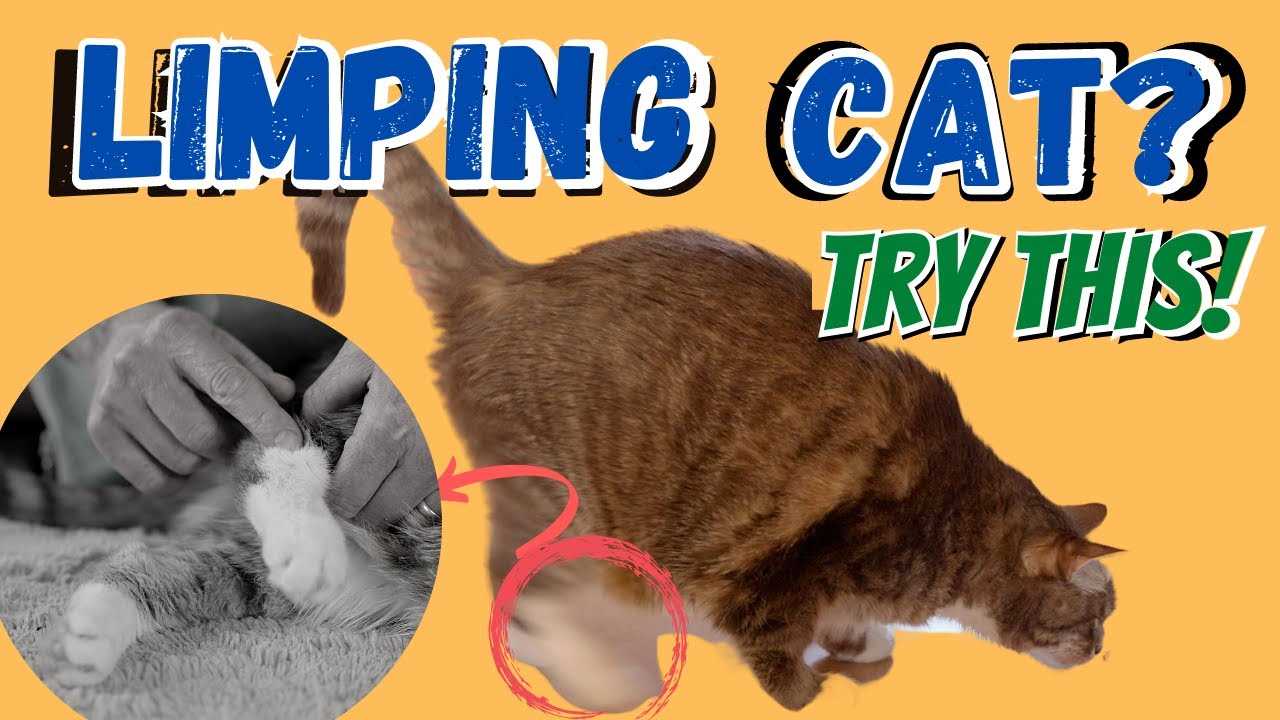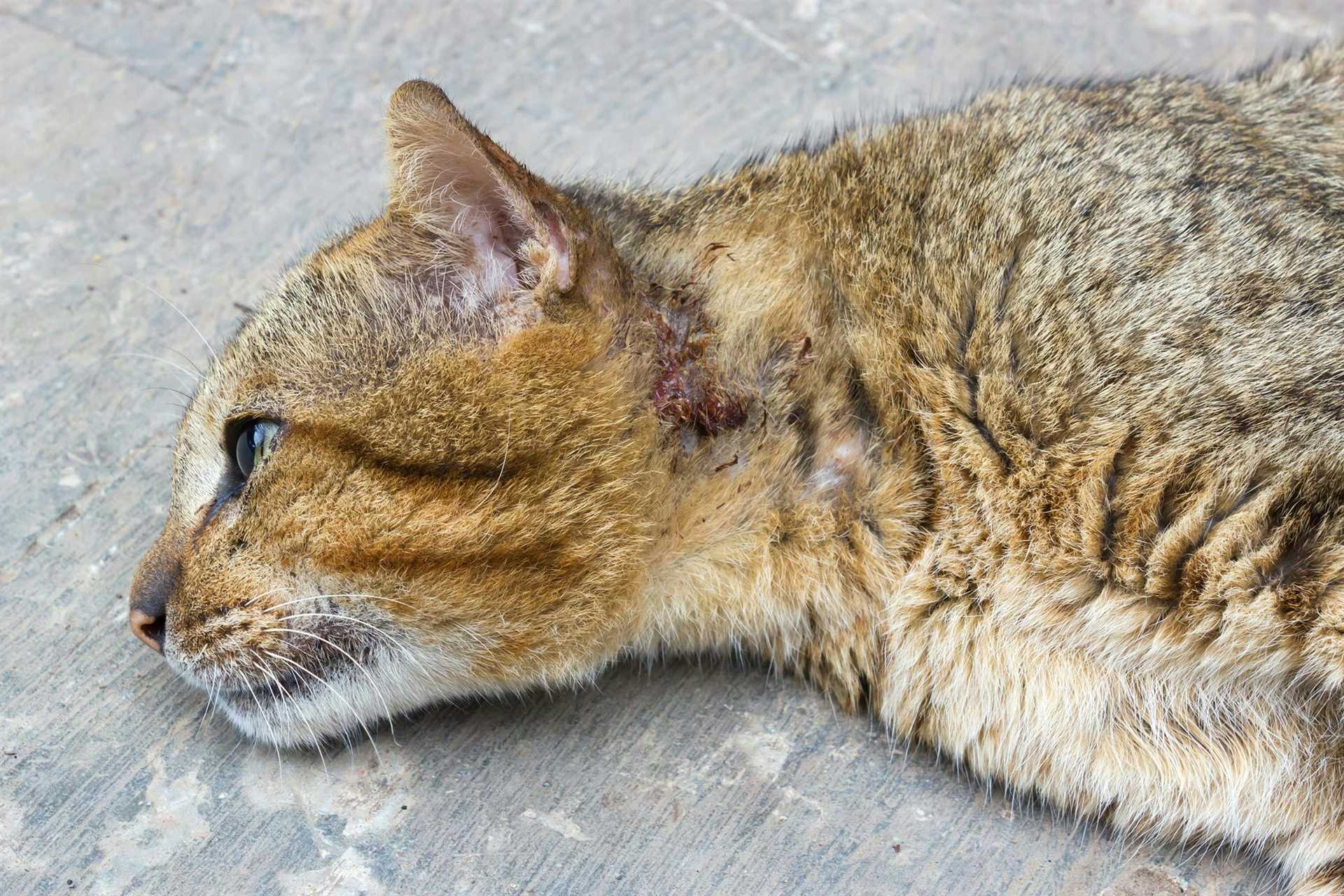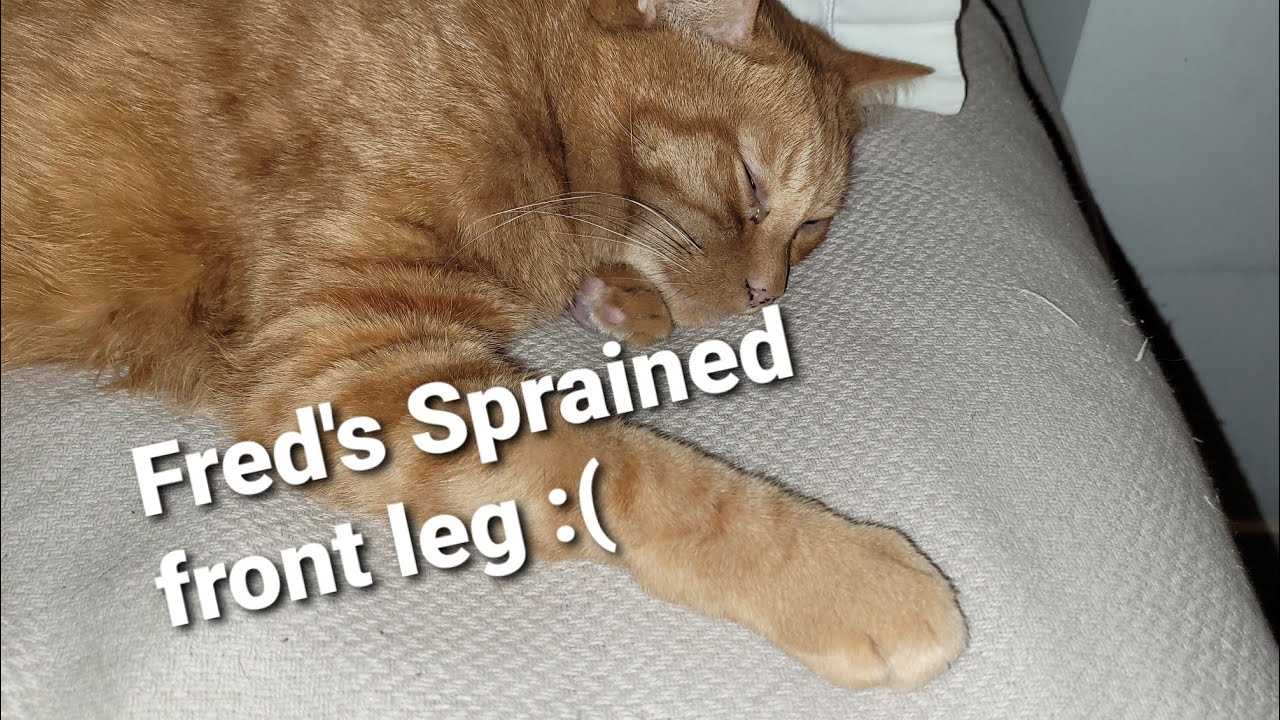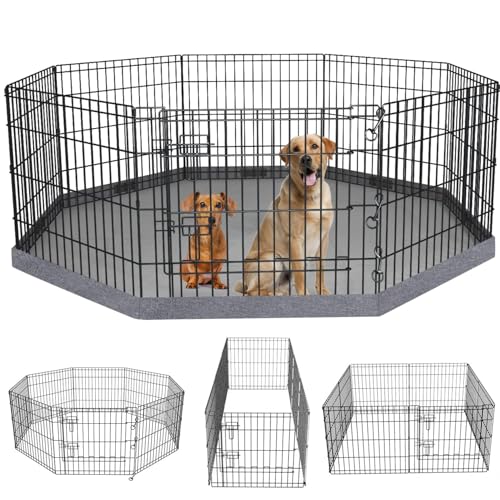For the best recovery, ensure a quiet and comfortable space for your furry friend. Limit movement to prevent further strain, and consider using a cozy bed or blanket to create a safe area. Always monitor their behavior, and if they seem to be in pain, consult a veterinarian for professional advice.
Applying a cold compress to the affected area can help reduce swelling. Wrap ice in a cloth and gently hold it against the injury for about 10-15 minutes every few hours. This simple technique can ease discomfort and promote healing.
Hydration and nutrition are key components of recovery. Make sure fresh water is always available and offer a balanced diet rich in nutrients. If your buddy shows a decreased appetite, try enticing them with their favorite treats or wet food to encourage eating.
Rest is vital during the healing process. Engage your companion with gentle play and short, supervised activities to prevent boredom while ensuring they don’t overexert themselves. Keep a close eye on their progress and adjust activities as needed to support their recovery.
How to Care for a Feline’s Injured Limb
First, you can create a comfy and quiet space for your furry friend. A cozy bed with soft blankets will help them feel secure while they recover.
Apply a cold compress to the affected area for 10-15 minutes. This helps reduce swelling and provides relief. Just make sure to wrap ice in a cloth to avoid direct contact with the skin.
Keep an eye on their activity. Limit their movement by providing a small, confined area where they can rest without too much wandering. This can be a cozy corner or a separate room.
Encourage hydration. Fresh water should always be available, and consider offering wet food to ensure they stay hydrated.
Monitor their eating habits. If they show a decrease in appetite, try offering their favorite treats or foods to entice them to eat.
Watch for signs of distress or worsening symptoms. If limping persists, or if there’s significant swelling, a trip to the vet is necessary for professional assessment.
Engage them with gentle, low-key activities. Simple toys or light interaction can keep their spirits up without overexerting them.
Consider using a support bandage if they seem comfortable with it. Ensure it’s not too tight, as this could cause more harm than good.
Check their paw pads and nails regularly. Keeping these areas clean and trimmed can prevent further complications.
Always maintain a calm demeanor. Your energy can influence their mood, so staying relaxed helps them feel more at ease during recovery.
Recognizing Symptoms of a Sprained Leg in Cats
If I’m limping or favoring one of my paws, it’s a red flag. Look for signs like reluctance to jump or climb, and if I’m spending more time resting and less time playing, something might be wrong. Watch for swelling around the joint area, and if I’m vocalizing more than usual, it’s time to pay attention.
My appetite might decrease, but if I’m still nibbling on my favorite treats, that’s a good sign. Keep an eye on my grooming habits; if I’m neglecting my fur or licking a specific area obsessively, it could indicate discomfort. Any unusual behavior, like hiding or being extra clingy, is worth noting.
Providing a comfortable environment is key. For sensitive ones like me, using cat litter for sensitive cats can help keep stress levels down. It’s also crucial to understand that inflammation might be linked to dietary factors, such as understanding where glycosylation of proteins occurs, as it can affect recovery.
Immediate First Aid Steps for Your Cat
If you notice signs of discomfort, the first thing to do is to keep me calm and still. Avoid any unnecessary movement. Make sure the area is quiet and free from distractions.
Next, assess the situation. Gently touch the affected area to check for swelling or heat. If I flinch or show signs of pain, stop immediately. Use a clean cloth to apply a cold compress for 15-20 minutes to reduce swelling. Wrap ice in a towel to prevent direct contact with my skin.
Keep an eye on my behavior. If I exhibit signs of distress, such as excessive meowing or trying to bite, it’s essential to stop any handling. Offer me a comfortable spot to rest where I feel safe.
Monitor my food and water intake. If I refuse to eat or drink, it may indicate a more serious issue. Ensure I have access to my favorite resting place, as comfort is key during recovery.
Lastly, consider contacting a veterinarian for further advice. They may suggest a follow-up visit to ensure everything is alright. Always prioritize my wellbeing and comfort above all else.
How to Create a Comfortable Recovery Space
Choose a quiet area away from noise and distractions. A cozy corner with soft bedding makes a perfect retreat. Use a blanket or a pet bed that provides warmth and comfort.
Ensure easy access to food and water bowls. Place them close to the resting spot to avoid unnecessary movement. A low-sided bowl can help prevent spills and make it easier to eat and drink.
Maintain a consistent temperature in the room. Avoid drafts or direct sunlight that could cause discomfort. A warm, stable environment is conducive to relaxation.
Use low lighting to create a calming atmosphere. Bright lights can be overwhelming, so consider using soft lamps or dimming the lights.
Limit movement by using baby gates or barriers to keep me from wandering around too much. This will help prevent further strain on my injured limb.
Provide entertainment options within reach, like soft toys or a gentle scratching post, to keep me engaged without excessive activity. Interactive toys can stimulate my mind while I rest.
Regularly check on my comfort level. Make adjustments as needed, whether it’s changing the bedding or repositioning food and water. My space should adapt to my needs during recovery.
Applying Cold Therapy for Swelling Reduction

First, grab a clean cloth or towel and moisten it with cold water. You can also use a bag of frozen peas wrapped in a towel. The goal is to avoid direct contact with the skin to prevent frostbite.
Steps to Apply Cold Therapy
- Position the cold pack or cloth on the affected area for about 10-15 minutes.
- Monitor for any signs of discomfort. If it seems to hurt, remove it immediately.
- Wait at least an hour before reapplying.
Frequency of Application

Repeat this process every few hours during the first 48 hours after the incident. Regular cold therapy can significantly help in reducing swelling and alleviating pain.
Always ensure that the area is dry and warm after treatment. Keeping the injured spot clean is just as important as applying cold therapy.
Choosing the Right Supportive Bandaging Techniques

For optimal support, select a bandaging method that provides stability without cutting off circulation. Begin with a soft, breathable material like gauze or cotton for the base layer, ensuring it’s snug but not tight.
Steps for Effective Bandaging

1. Clean the affected area with mild antiseptic.
2. Apply the first layer softly, covering the injury while leaving digits exposed.
3. Layer additional material as needed, ensuring each layer overlaps by 50%.
4. Secure with adhesive tape, avoiding direct skin contact.
5. Monitor for any signs of swelling or discomfort.
Considerations for Secure Bandaging
| Material | Benefits | Drawbacks |
|---|---|---|
| Gauze | Soft and breathable | Can absorb moisture |
| Elastic Bandage | Provides compression | Risk of over-tightening |
| Self-Adhesive Wrap | No clips needed | Can stick to fur |
Regularly check the bandage for any signs of slipping or irritation, and adjust as necessary. A properly applied bandage will facilitate healing while keeping mobility manageable. Always consult with a vet for persistent issues or uncertainties.
When to Seek Veterinary Assistance for Your Feline Friend
If my mobility is severely limited or I show signs of extreme pain, it’s time to get help from a professional. Here are some specific signs to look out for:
- Inability to bear weight: If I refuse to put any pressure on the affected paw, immediate veterinary care is necessary.
- Persistent swelling: If the swelling does not decrease after a couple of days, a vet visit is warranted.
- Visible deformity: Any unusual angles or shapes in my limbs indicate a possible fracture that needs to be assessed.
- Severe limping: If my limp is pronounced and doesn’t improve with rest, I need a professional evaluation.
- Behavioral changes: If I become unusually withdrawn, vocalize more than normal, or show aggression when my leg is touched, this could signal an underlying issue.
- Fever or loss of appetite: These symptoms may point to a more serious condition requiring immediate medical attention.
Always trust your instincts. If anything seems off or if I’m not getting better, getting me to a veterinarian is the best course of action. My health depends on it!






